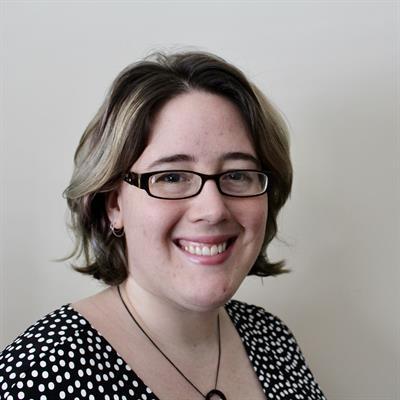
Research/Areas of Interest
human-robot interaction, accessibility, robotics, human-in-the-loop machine learning, assistive technology
Applying human-centered design and disability community values to the development, deployment, and evaluation of AI and machine learning for robotics, including: human-centered human-in-the-loop machine learning; disability-friendly assistive robotics; autonomous HRI in groups, public spaces, and other human-human contexts; and accessibility and disability inclusion in robotics education and the computing research community.
Education
- Doctor of Philosophy, Computer Science, University of Southern California, USA, 2017
- Master of Science, Computer Science, University of Southern California, USA, 2012
- Bachelor of Science, Computer Science, Yale University, USA, 2010
Biography
Elaine Schaertl Short is an Assistant Professor in the Tufts University Department of Computer Science. From 2019 to 2024, she held the Clare Boothe Luce Assistant Professorship. She completed her Ph.D. under the supervision of Professor Maja Mataric in the Department of Computer Science at the University of Southern California (USC), followed by a postdoctoral fellowship in the Socially Intelligent Machines Lab at the University of Texas at Austin. She received her M.S. in Computer Science from USC in 2012 and her B.S. in Computer Science from Yale University in 2010. She is a recipient of a National Science Foundation Graduate Research Fellowship, USC Provost's Fellowship, and a Google Anita Borg Scholarship. At USC, she was recognized for excellence in research, teaching, and service: she was awarded the Viterbi School of Engineering Merit Award and the Women in Science and Engineering (WiSE) Merit Award for Current Doctoral Students, as well as the Best Research Assistant Award, Best Teaching Assistant Award, and Service Award from the Department of Computer Science. At Yale she was the recipient of the Saybrook College Mary Casner Prize. Her research focuses on building algorithms that enable robust assistive human-robot interaction in schools, homes, crowds, and other natural environments.